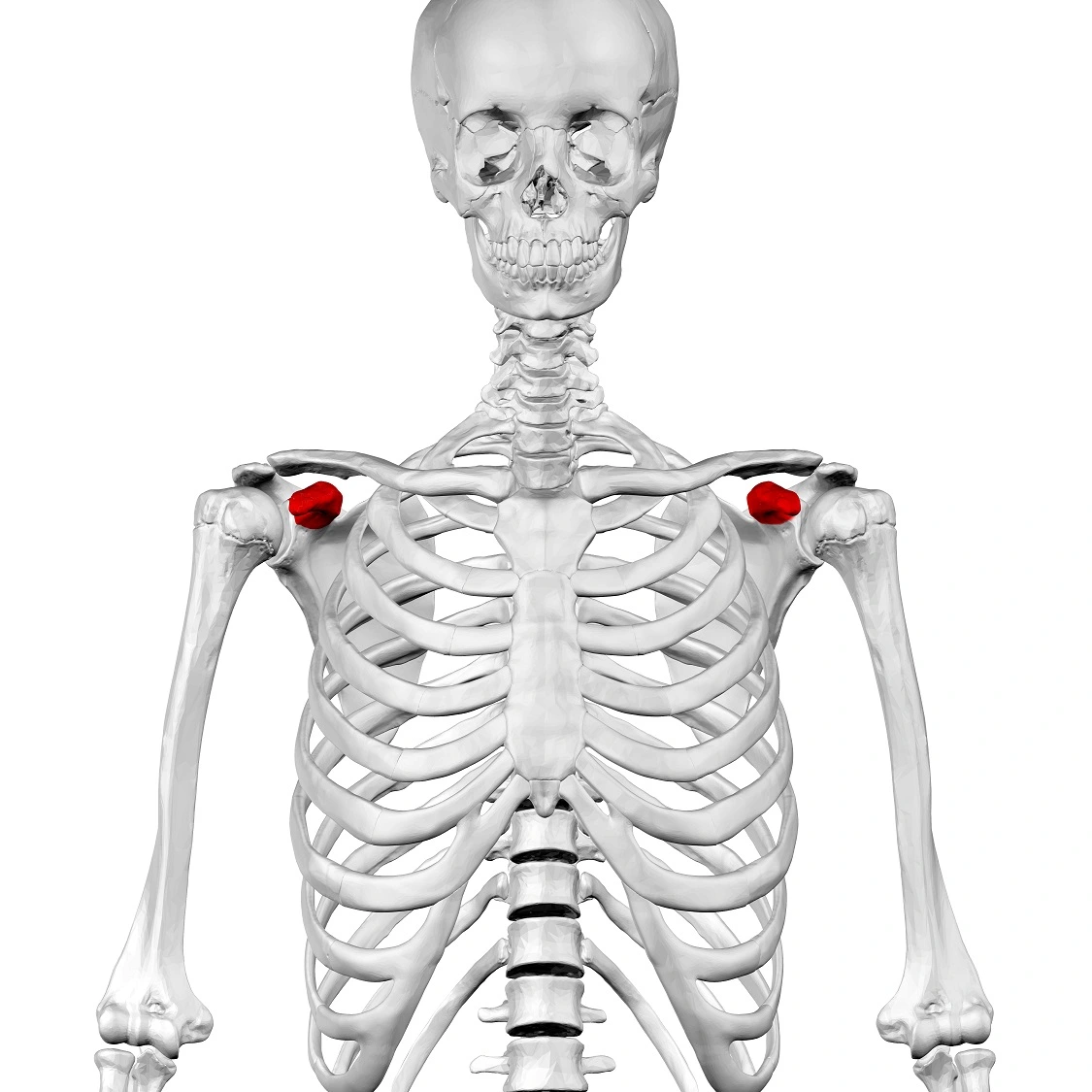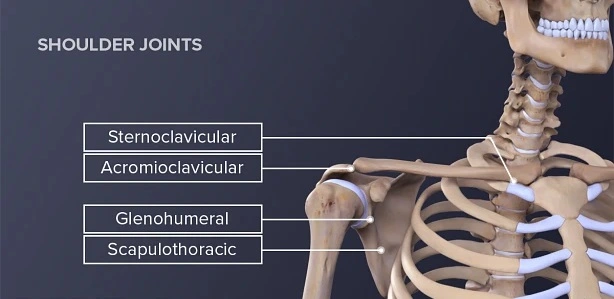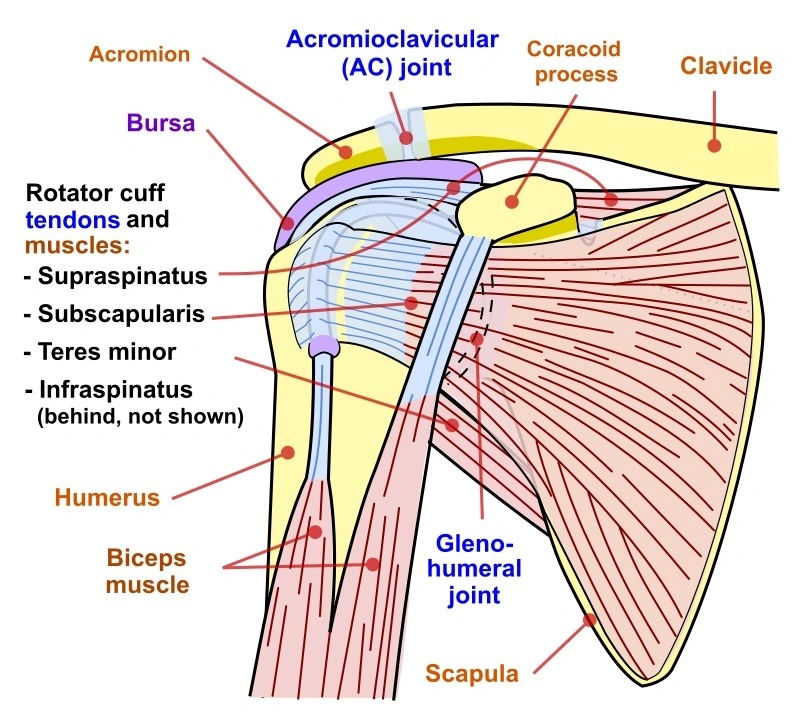Shoudlers & the Power of a Circle

17/02/2023
By Maksem Manler
A big part of CST Wing Chun is being able to relax your shoulders under pressure. We don't want to be using the limited contractile forces of our biceps, triceps, deltoids, trapezius and forearms to produce force as their power pales in comparison to our body mass. Big arms do not mean big power. In fact, big arms usually indicates a blockage of power unless they can relax. We need to release those muscles completely and use our joints to transfer weight. Why then do we find it so hard to relax our shoulders under pressure?
In daily life, we use our arms for everything - picking up objects, eating, writing, driving, carrying. We interact with the world via our arms and hands. Our arms are almost always in use because they are the bridges that allow us to get involved in life and interact with it. It is natural that our joints and muscles become habitually tight due to excessive use. It is always the same story - excessive tension dislocates bones to suboptimal biomechanical positions in the flesh, in turn creating aberrant patterns of tension and misalignment of bones. This results in weight not being transferred through the bones and fascia which would be the most efficient movement pattern available to us. Instead, the weight transfers through different muscle belly's and tendons, causing a myriad of automatic contractile reflexes to fire in order to support the weight.

When we look at the shoulder girdle which contains the shoulder joint itself, we can see a multitude of bones assembled together to create the basic structure - the clavicle, the scapula and the humerus. Underneath we have the the upper ribs attached to the sternum, manubrium and thoracic vertebrae. These bones should all have the capacity for movement with some relative degree of freedom and ease. This upper structure is quite different to the hip joint which is only formed from three bones per side - each ilia, femurs and the sacrum.

So, how then do we shift from this complex anatomical understanding into something more practical and pragmatic. We need to integrate and simplify our ideas into something workable that allows us to move this complex shoulder structure in an effective way that does not burden the mind with too much to think about.
Funnily enough, when I was first introduced to the simple geometrical ideas of using triangular and circular shapes for the arms, I silently scoffed at the notion thinking to myself "we don't have triangles and circles in our body so this basic thinking is stupid! I want to know what is actually going on under the hood!!". Ironically, by learning and realizing the complexity of our anatomy, I actually find solace in the simplified geometry of the Wing Chun shapes. The geometry of Wing Chun is actually a genius conception that allows for optimal biomechanical functioning without overburdening the mind with a million things to think about. Talk about a full circle! Anyway, I digress...
Grandmaster Chu must have understood the power of circular geometry very early on in his training as the circular shapes that the arms make cause the shoulder joints to begin freeing up. When performing Tan Sau for example, the idea that your arms are moving and transferring mass through the edge of a circle or arc, actually initiates a cascade of relaxation responses that free up not only the shoulder joint, but also the entire shoulder girdle. You will find that when your shoulder girdle is free, if your thoracic spine is contracted and tight you will instinctually feel the need to open your spine in order to comfortably support the extra connected weight of the arm and shoulder girdle.
Observing Master Chu's reverse Bong Sau (rolling arm) in the above clip highlights the circular movement very well. When performed incorrectly, the elbow would be pushing down on the contact point, trying to use muscular force of the shoulder and upper arm to move the resistance. Instead, we can see that Master Chu's shoulder opens out to the side, and then he is able to roll the shoulder joint to move the elbow in a downward arc.
It may be tempting to think that you can copy CST and open your shoulder in the same way and then be able to do the movement, but it may not get you the same result. The reason for this is that we can fool ourselves into thinking that this opening of the shoulder is a single key to the movement, when in fact, this opening is the result of a more abstract geometrical conception. The opening of the joint is a small part of a bigger pie. Observe the above clip again and notice that the whole arm including the ribs form part of the edge of a giant invisible circle. Master Chu is not just moving the elbow, he is rolling the entire edge of this invisible circle to the ground. He is able to do this because the spine is supporting this circle with the entire body mass. Once you realize this is the only correct way to perform this kind of movement, then the importance of the circular geometry should click with all Wing Chun movements.
If you are not a beginner and already practicing Chi Sau, applying the concept of the circles edge vs the circles face will help you to understand the circular theory in a more practical way. I urge you to watch the above clip of my teacher, Mark Spence, explaining the circular edge concept for Chi Sau as he makes it very easy to understand. Once the concept becomes very obvious to you, you will notice that all movements in Siu Nim Tao, Chum Kiu and Biu Jee contain the power of a circle.
In Chu Shong Tin's seminar on Chi Sau at Susanna Ho's school, he explained that a student must use the strongest part of their structure against the weakest part of their opponents structure. Maybe the translation wasn't that great, but essentially, Master Chu was referring to the same principle as Mark discussed in the above clip, that being we are using the edge of the circle to transfer our mass to the face of our opponents circle.
I feel that rather than zoning the mind in on just the shoulder joint and trying to relax it, it is better to gain a whole body awareness and understanding of how the circular geometry can cause you to move in a different way altogether. Relaxation results from the correct idea, so we need to really understand the power of a circle in order to see how to use it in Siu Nim Tao practice.
By Maksem Manler